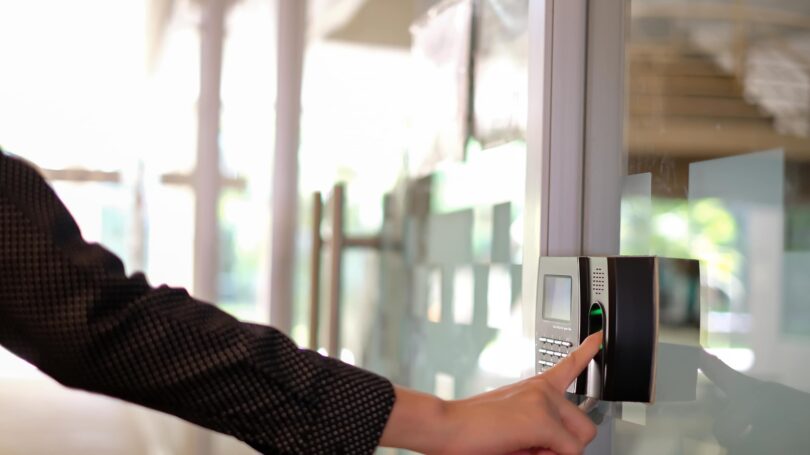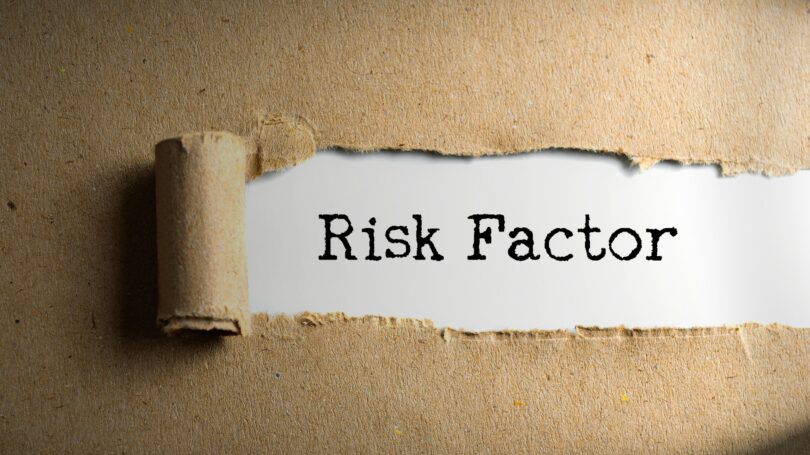Until President Richard Nixon took the United States off the gold standard in the 1970s, American cash was redeemable for gold or silver. Currently, the U.S. is on a system using fiat currency via the Federal Reserve, as the value of money is based on faith in government and law. While the Federal Reserve maintains control of the physical cash system, some powerful industry forces are trying to change that.
Cash has not yet disappeared from everyday life, but the world’s largest information technology and financial companies are working on ways to completely replace it with wireless communication payments to be made from smartphones. And some companies – such as IBM – want to take it a step further and link those wireless payments to biometric signatures to prevent your account from ever being a victim of identity theft.
The Technology of Going Cashless
In the near future, your financial services provider might roll out a cashless system based on the digital wallet concept, or one with an additional level of security using biometrics that would extend beyond your smartphone.
Who’s Already Going Cashless?
Currently, the industry leader in these kinds of payments is Google, which has introduced Google Wallet. However, it is likely that Visa and Apple will soon enter this market as well.
Google Wallet is already being used by transit commuters in New Jersey to pay for tickets, but its usage is limited to only the Nexus S and Galaxy Nexus smartphones. So far, there have been no major glitches to report – however, that may be largely due to the fact that a very limited number of people are able to use such a system, and only in a fairly controlled environment.
Biometrics
IBM has developed proprietary methods that require a person’s unique biological signature to verify their identity. Biometric data is created using a person’s fingerprints, eyes, face, heartbeat signature, or voice. IBM believes that in the near future, people will be scanning their eyes to withdraw money from the ATM, for example, and access accounts. And whether or not you like that idea, IBM’s research suggests that this is a technological trend that is finally on the move in the United States.

Pros & Cons of a Cashless Financial System
Though technology can definitely make life more convenient, it is not without its flaws. Consumers can benefit by weighing the pros of a wireless payment/biometric grid against the potential cons.
Advantages
Some believe it makes sense to get rid of cash and even credit cards, as a cashless financial system is marketed to the public as the ultimate time-saver. Companies and even some governmental institutions are selling the idea that reaching to get cash or a credit card from your wallet is primitive, as well as insecure, which would be rectified by utilizing a secure digital system that implements biometrics.
1. Security
The technology being used to usher in a cashless age has the potential to offer security benefits to its users:
- It’s very easy to shut down a digital wallet remotely if it falls into the wrong hands.
- Your biometric ID is yours and yours alone, and therefore very hard to copy.
2. Convenience
A cashless system could be convenient for users who like to combine multiple functions onto one handheld device:
- It eliminates the need to carry cash or plastic.
- Digital payments can be made with a tap or wave of a smartphone, depending on the technology used.
- It would make it easier to loan or borrow money – as with digital payments, lending and borrowing can be reduced to a tap or wave of a smartphone.
Disadvantages
It’s difficult, if not impossible, to predict how a cashless financial system would work on a large scale. Consumers may expose themselves to unnecessary inconvenience and complications, which are more likely in the early stages of any new technology.
1. Hackers
Google swears that the Google Wallet system is more secure than cash and credit cards, but it did recently have to do a temporary shutdown of a feature that allows users to load prepaid card information onto smartphones for spending. The reason for the shutdown was due to a security vulnerability that was exposed by a Zvelo Labs researcher at a technology convention.
To demonstrate, the researcher showed how easy it is to use software to crack someone’s PIN and access their virtual wallet once you have their phone in your possession. This means that if you want the convenience of Google Wallet, you’d better not lose your phone. Forget about questioning the security of the network Google Wallet is using – the phones themselves don’t appear to have reliable encryption capabilities.
This is only one example. Unfortunately, it is likely that there are other would-be thieves who are working on similar hacks in anticipation of a cashless, cardless future.
2. Failure Rates
Another potential problem is the failure rate of biometric ID systems. These systems may be convenient, but they are far from perfect. In fact, if you research “failure rate of biometric data systems” via a search engine or academic database, you will find some disheartening information.
For example, according to a test by the National Physical Laboratory’s Centre for Mathematics and Scientific Computing in the UK, the failure to enroll rate of the fingerprint biometric system is 1%. This means some people might not even be able to enroll in a biometric system using their fingerprints. Glitches such as this cast a doubt on whether biometrics are as reliable as their sales and marketing pitches make them out to be.
To many, 1% seems like a small number and not worth worrying about. However, let’s imagine that there are 100 million people wanting to use a biometric system to safeguard their digital wallets. If the failure to enroll rate is 1%, 1 million people would not be able to even use the system – that’s pretty significant.
Risk Factors
Do you still think all of the convenience is worth it? Consider these additional risks:
- If your phone dies, you won’t be able to pay for anything.
- It’s very easy to shut down a digital wallet remotely, and that potentially exposes people’s financial accounts to a new kind of abuse from hackers and government.
- Like any other network technology, there is a high chance that a hacker is working on ways to exploit the system.
- Once you agree to give out your biometric signatures, you cannot get them back. Many companies are notorious for giving out private information to other firms and governments.
- It is not clear how the theoretical database that stores all of this info would work, nor how access to it would be granted. Databases can be compromised, and this one would be the mother lode for cyber-criminals.

Will Foreign Countries Set the Precedent?
No cashless systems have fully replaced cash and credit cards yet, but many influential technology and finance companies believe that this is the next big thing. Nothing is guaranteed, but it is important to note that in India, the government has already rolled out a biometric system to prevent welfare fraud.
In India, enrolling in the biometric ID system is not mandatory, but the government has already spoken with banks and other organizations about using the biometric system as a way to standardize ID verification throughout the country. Though originally introduced to the public as an option, enrollment may soon become a necessity.
Final Word
Technology forecasters are not always accurate in their predictions. The VCR was supposed to kill the movie industry in the ’80s, and LaserDiscs were supposed to replace VHS cassettes in the ’90s. Emerging trends are never guaranteed to take off, and ultimately it is up to consumers to decide how they want their identification to be verified.
If you don’t like digital wallets or biometric IDs, then don’t use them. And take steps to be with a financial service provider that won’t pressure you to sign up for a digital wallet or a biometric ID.
What do you think about the possibility of a cashless future? Does the convenience outweigh the risks?